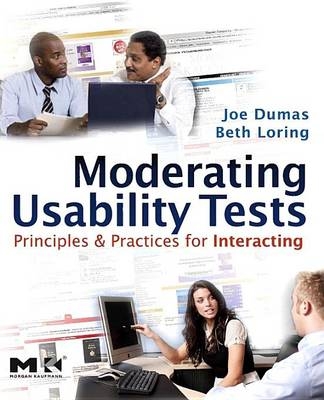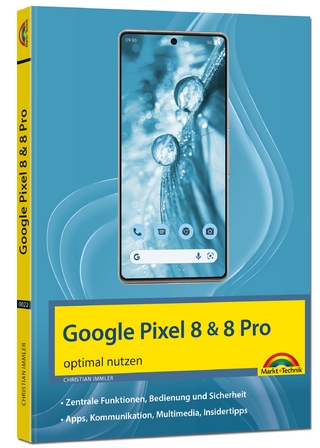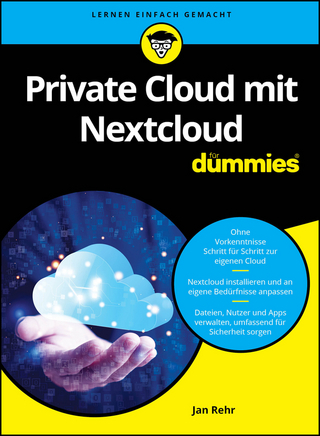
Moderating Usability Tests
Morgan Kaufmann Publishers In (Verlag)
978-0-12-373933-9 (ISBN)
Moderating Usability Tests provides insight and guidance for usability testing. To a large extent, successful usability testing depends on the skills of the person facilitating the test. However, most usability specialists still learn how to conduct tests through an apprentice system with little formal training.
This book is the resource for new and experienced moderators to learn about the rules and practices for interacting. Authors Dumas and Loring draw on their combined 40 years of usability testing experience to develop and present the most effective principles and practices – both practical and ethical – for moderating successful usability tests. The videos are available from the publisher's companion web site.
Joe Dumas is a recognized expert in usability evaluation. He has 25 years experience as a usability professional. He as moderated or observed others moderate thousands of usability testing sessions and taught numerous students and usability professionals how to moderate. He is the author of A practical guide to usability testing (with Ginny Redish), Designing user interfaces for software, and numerous articles, both for researchers and practitioners. He is currently a Usability Consultant for Oracle Corporation. He was a Senior Human Factors Specialist at Bentley College’s Design and Usability Center and taught graduate courses in the college’s Human Factors in Information Design Master’s Degree program. He has a Ph.D. in Cognitive Psychology.
Chapter 1: Introduction
Introduction to the problem
Goals of the book and videos
A brief history of usability testing practice
Part I: The rules of interaction
Chapter 2: Your roles as administrator
The gracious host
The objective observer
The tradeoffs between them
Chapter 3: The Golden Rules -
Part 1: the Five Core Rules
1.The goals of the test and your relationship with developers determine why and when to interact
2.Respect the participants? rights
3.You have a responsibility to future users
4.The participants are the experts; you are in charge
5.Being ?real? is being professional
Chapter 4: The Golden Rules -
Part 2: Five Additional Rules
6.Let the participants speak
7.Your intuition can hurt and help you
8.Be unbiased
9.Don't give away information inadvertently
10.Watch yourself to keep sharp
Part II: Moderating the test session
Chapter 5: First contact ? Setting the tone
Pre-test instructions
Informed consent
Chapter 6: Interacting During the Session
Keeping the participant talking
How much to interact
Providing encouragement
Dealing with stress
Deciding when to give assistance
How to move the participant along
Chapter 7: Post-task activities
What to do first
Taking advantage of their knowledge
Presenting ratings and questionnaires
Making a good last impression
Part III: Special topics
Chapter 8: Interacting in a remote testing session
Preparing for the session
Getting the session started
Interacting when you can't see the participant
Chapter 9: In the Room vs. Out of the Room
Advantages and disadvantages of being in the room
Advantages and disadvantages of being out of the room
Chapter 10: Summing Up
Where do we go from here?
Advice for novice administrators
| Erscheint lt. Verlag | 9.4.2008 |
|---|---|
| Reihe/Serie | The Morgan Kaufmann Series in Interactive Technologies |
| Verlagsort | San Francisco |
| Sprache | englisch |
| Maße | 191 x 235 mm |
| Gewicht | 440 g |
| Themenwelt | Mathematik / Informatik ► Informatik ► Betriebssysteme / Server |
| ISBN-10 | 0-12-373933-0 / 0123739330 |
| ISBN-13 | 978-0-12-373933-9 / 9780123739339 |
| Zustand | Neuware |
| Haben Sie eine Frage zum Produkt? |
aus dem Bereich


